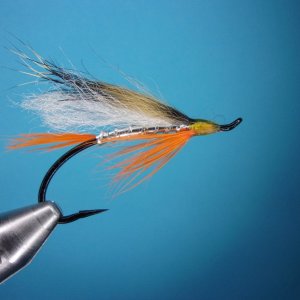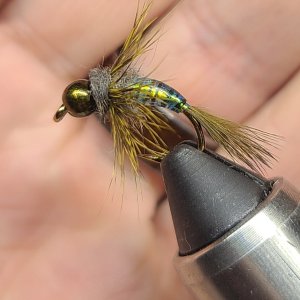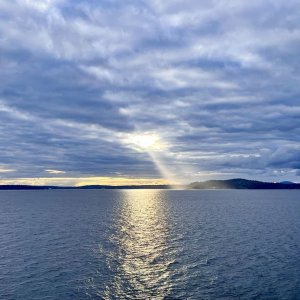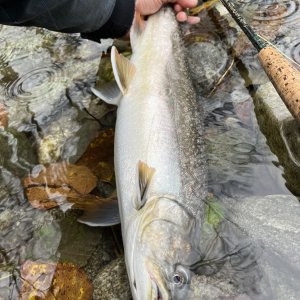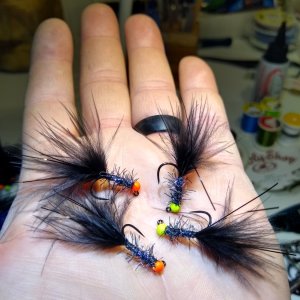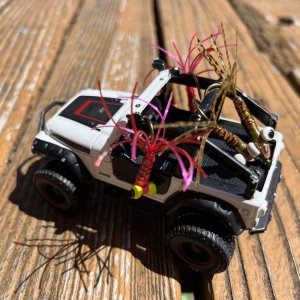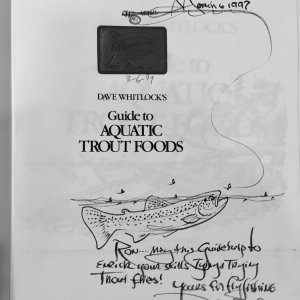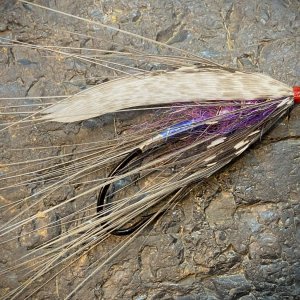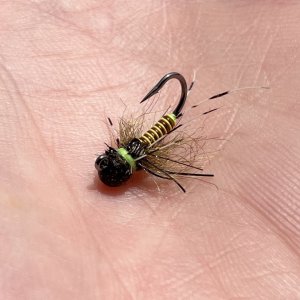The Stillaguamish coho largely use the smaller tributaries for spawning and juvenile rearing thus avoiding the impacts from the massive flooding that is so limiting for Chinook, steelhead, pinks and chums.
As an aside the sea-run cutthroat are small tributary fish and their abundances since the mid-1980s are above that seen in the previous 50 years (back to the1930s). While there is certainly year to year variations in both cutthroat and coho that is typically to droughts rather than flooding. The cutthroat has the additional life history advantage of having multiple years contribution to the annual spawning run. It is not uncommon to see at least a 5% contribution from 4-year classes of adult cutthroat in the typical spawning run.
Curt
As an aside the sea-run cutthroat are small tributary fish and their abundances since the mid-1980s are above that seen in the previous 50 years (back to the1930s). While there is certainly year to year variations in both cutthroat and coho that is typically to droughts rather than flooding. The cutthroat has the additional life history advantage of having multiple years contribution to the annual spawning run. It is not uncommon to see at least a 5% contribution from 4-year classes of adult cutthroat in the typical spawning run.
Curt



